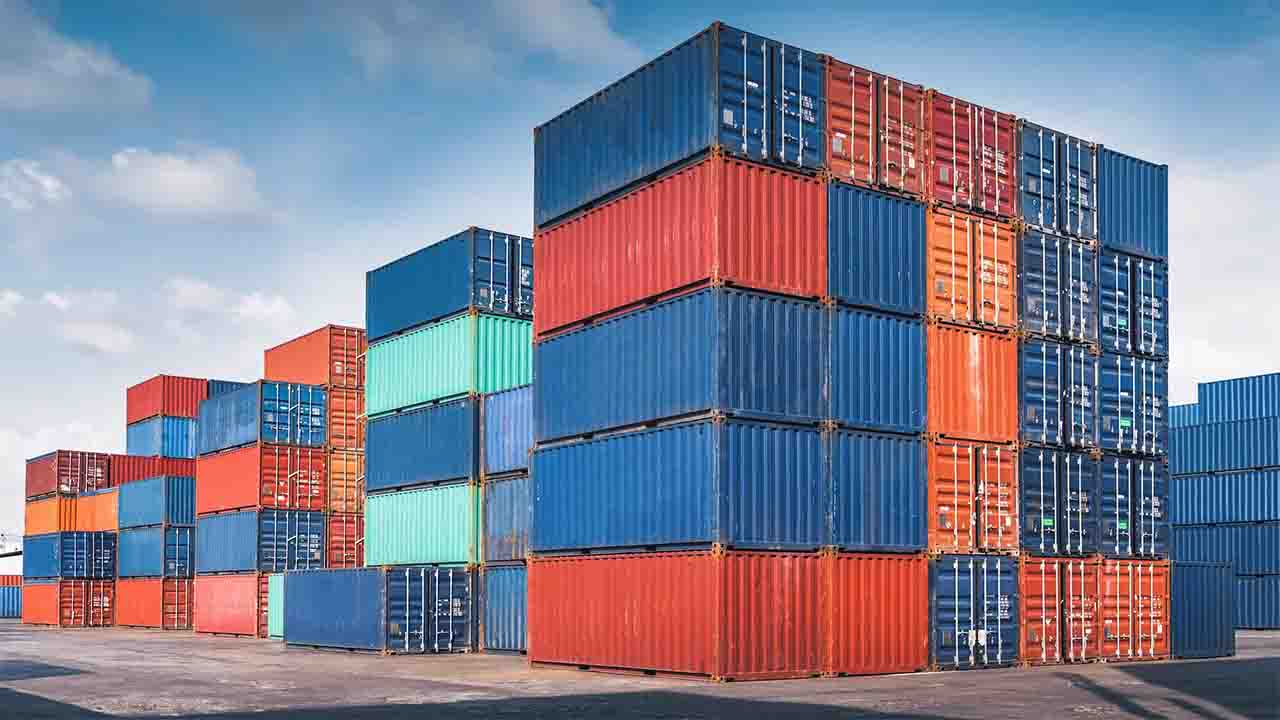In January, a customary peak period for Australian fruit exports to China, the nation’s maritime union engaged in protracted wage negotiations with port operator DP World, leading to a substantial backlog in shipments. Although a recent agreement between DP World and the union has been reached, ensuring a near-25% pay increase for stevedores over four years, the repercussions of the months-long standoff may endure, potentially affecting the timely delivery of over 54,000 containers of essential goods.
DP World, a major player handling 40% of Australia’s trade, and the maritime union’s successful negotiations are indicative of a broader trend of heightened union influence in Australia. This shift, attributed to labor shortages and the election of the first Labor government in nearly a decade in 2022, is prompting concerns about its impact on investment.
Innes Willox, the head of the Australian Industry Group, expressed apprehension, stating, “The world already judges Australia to be a high-cost location and a heavily regulated economy. It is not the easiest place to operate. They’ll hesitate about investing here.” The sentiment reflects a perceived imbalance in favor of organized labor, as unions assert themselves in response to prior Conservative rule.
Data from the Australian Bureau of Statistics underscores the rising trend in industrial disputes since 2020, reaching the highest level in eight years. With 211 strikes reported in the year up to September, a 16% increase from the previous year, industrial action has been widespread, impacting sectors beyond the traditionally unionized ones. Instances range from work stoppages in the offshore gas industry to strikes by BHP’s railway drivers and disruptions in renewable energy projects and food delivery services.
While union membership has seen a decline, the surge in disputes has expanded into less unionized sectors. Tim Harcourt, a former union researcher and economist, predicts that pressure for higher pay in public sector services, mining, transport, and construction could trigger additional industrial actions. Despite a 14-year high in wage growth in the third quarter of the previous year, Harcourt notes that the increasing cost of living is a key factor driving workers’ demands.
Paul Farrow, a veteran trade unionist representing the Offshore Alliance, emphasizes that the empowerment of Australian workers under the new Labor government fuels their aspirations for a fair share of the country’s abundant resources.
Australia adopted a collective bargaining approach to industrial relations in the 1990s, facilitating legally binding enterprise agreements between employers and employees, often represented by unions. The government retains the authority to intervene in strikes if deemed disruptive to the economy. However, DP World’s call for government intervention in the recent dispute, citing a significant economic cost of A$84 million per week, was not heeded.
The ongoing revamp of industrial relations laws by the Labor government further reflects its close historical ties with unions. The reforms aim to extend benefits to vulnerable workers and close perceived loopholes used by companies to lower wage bills. BHP has criticized these changes, estimating a substantial A$1.3 billion addition to the company’s annual costs.
Despite unemployment reaching its lowest level in almost 50 years, concerns loom over the momentum gained by workers, as indicated by Willox. Employers are bracing for potential challenges in meeting escalating wage demands and navigating an environment of increased industrial disputes. These developments mark significant changes in how the Australian economy operates, raising questions about the delicate balance between the interests of labor and business in the nation’s evolving landscape.








